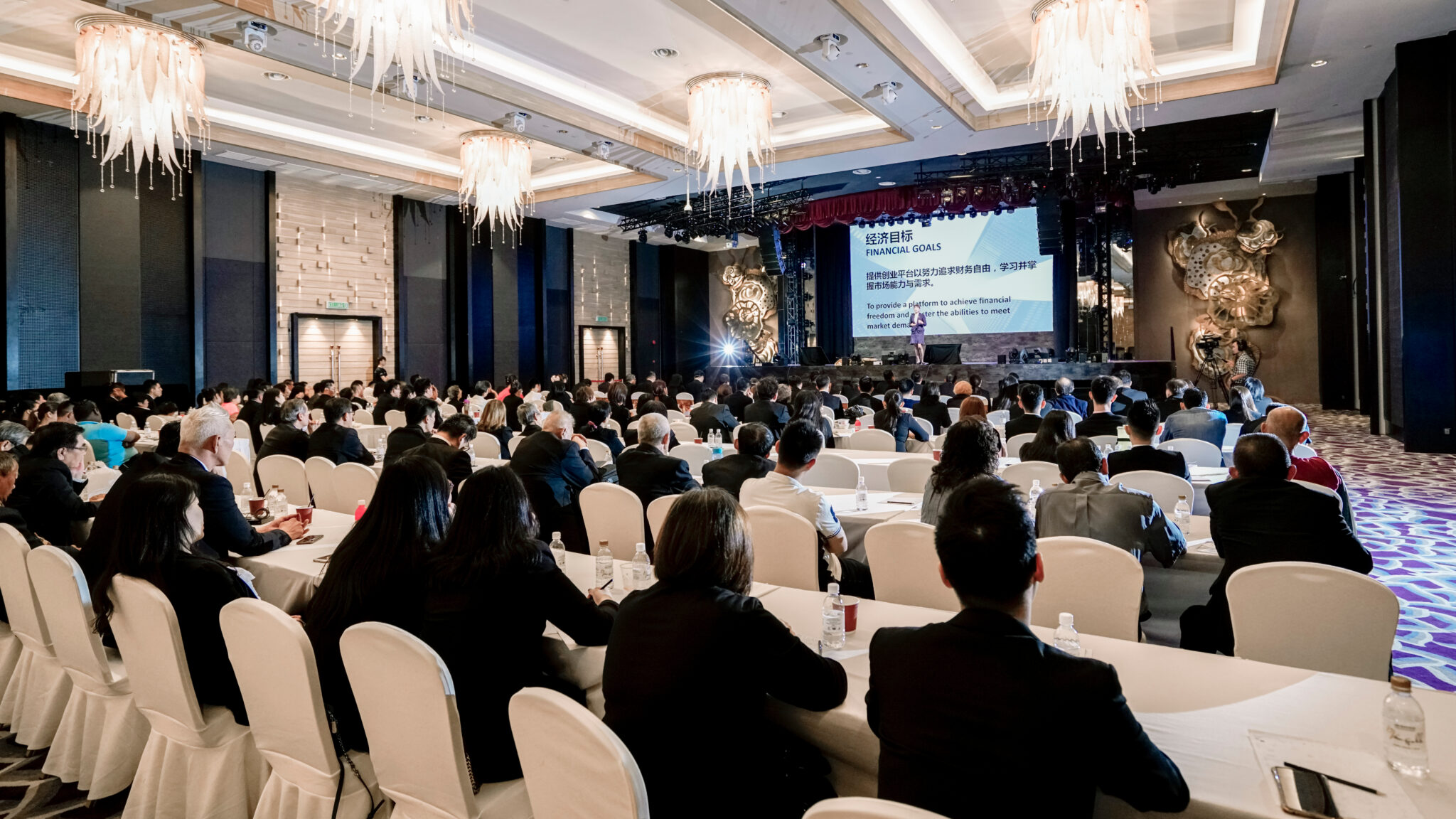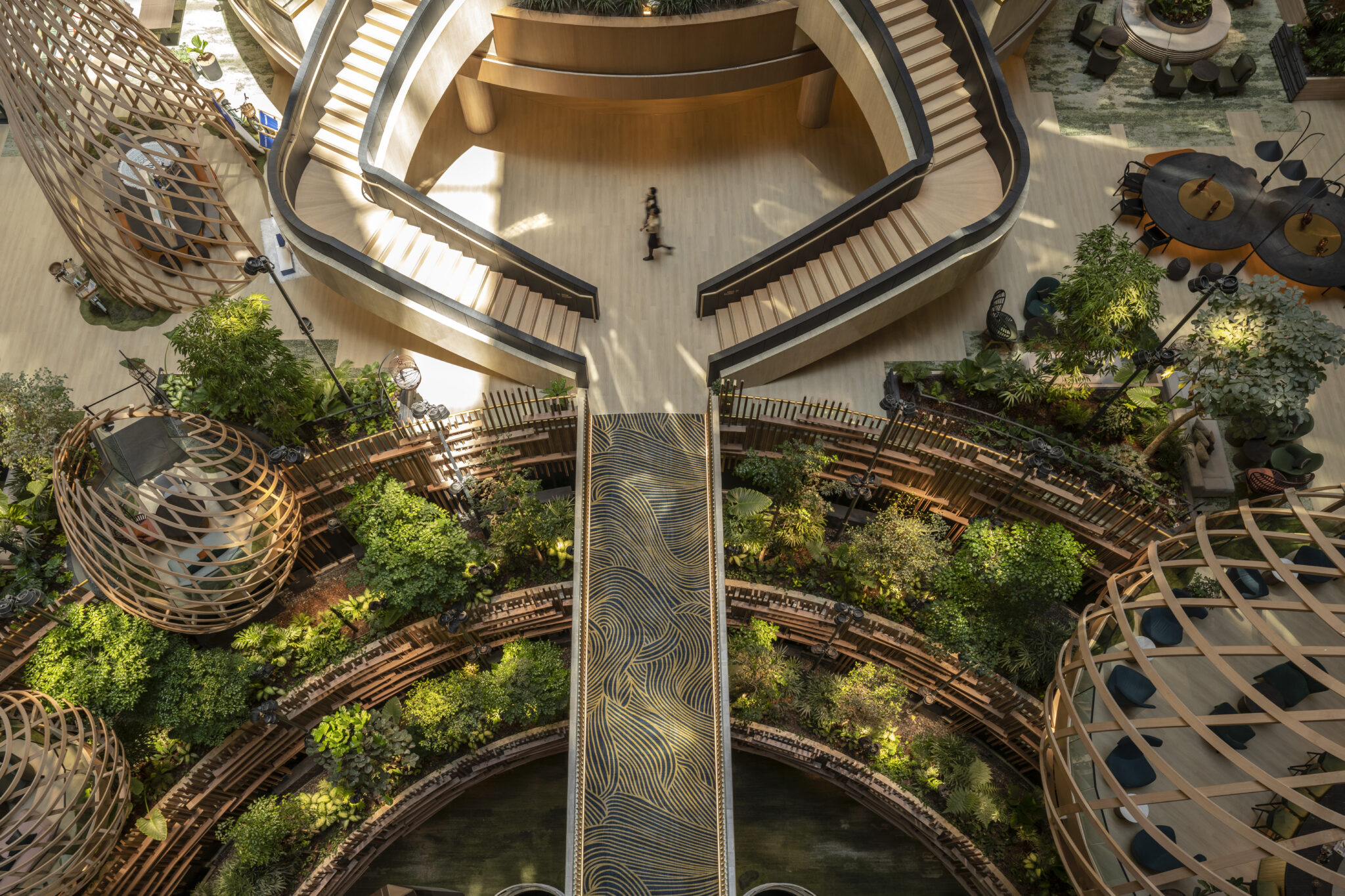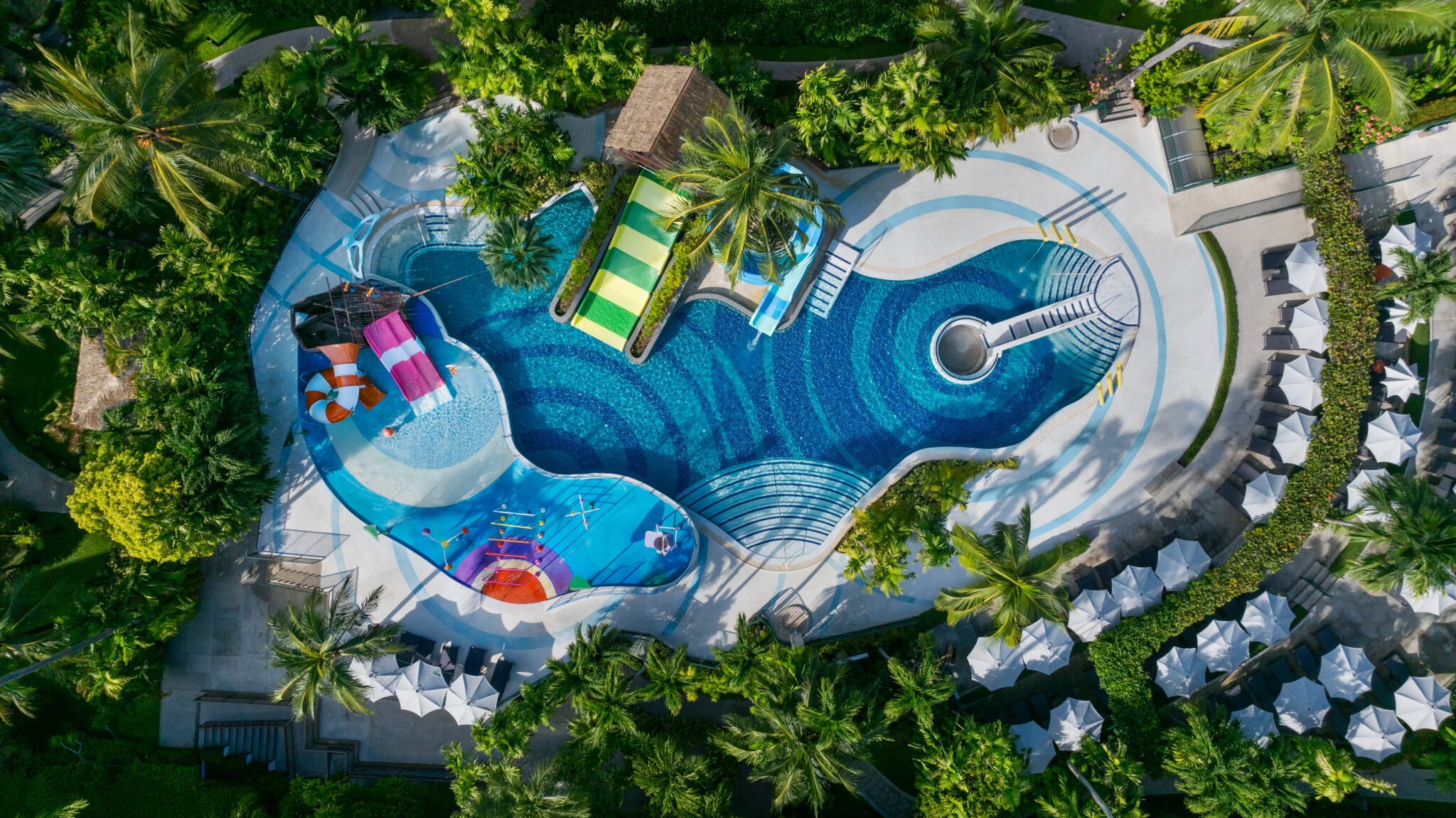The international travel ban in Australia will be lifted on 1 November 2021, when New South Wales reopens to quarantine-free overseas travel for fully vaccinated citizens and residents.
The general population, as well as all travel industry organisations, welcomed enthusiastically NSW Premier Dominic Perrottet’s announcement last Friday about the reopening of international borders.
The airlines were quick to respond, with Qantas and other airlines resuming international flights two weeks earlier, on November 1, 2021, after the federal and NSW governments announced that borders would reopen on that date.
Prime Minister Scott Morrison later announced the lifting of travel restrictions that had been in place since March 25, 2020, when the country’s borders were closed due to the pandemic’s start.
“We will allow Australians, permanent residents, and citizens, as well as their families, to leave and return to Australia,” Morrison confirmed.
It’s been 586 days since the Department of Home Affairs mandated that Australian citizens and permanent residents be granted a special exception from the blanket prohibition on overseas travel.
According to government data, almost 210,000 Australians were granted permission to fly overseas in the last 19 months, while over 122,000 applications were denied.
All of those changes on November 1, when Sydney Airport becomes the country’s first and for the time the only quarantine-free gateway for all double-jabbed travellers.
As a result of the decision, Qantas and other foreign airlines are relaunching overseas services to and from Sydney or have opened current flights to full capacity rather than capping the number of seats.
With the travel ban overturned, every Australian – regardless of where they live – would be able to travel internationally beginning November 1, including taking a domestic flight to Sydney and connecting with an international flight.
Interstate tourists will, however, be subject to the restrictions and quarantine arrangements of their home state if they want to return there after returning to Sydney.
NSW will similarly lift its quota on international arrivals on November 1, albeit inbound travel will be limited to Australian citizens, permanent residents, and their close families and parents.
They will not need to be quarantined upon arrival in Sydney if they are fully vaccinated with a vaccine approved by Australia’s Therapeutic Goods Administration.
However, 14 days of hotel quarantine will still be required for those who have not been properly vaccinated by a TGA approved jab, and this will be more difficult by the fact that quarantine spaces are capped to 210 persons per week.
From 1 November, Qantas will fly up to five return flights per week from Sydney to London and up to four return flights per week from Sydney to Los Angeles using its Airbus A380 and Boeing 787 Dreamliner.
Qantas has stated that additional flights will be added to accommodate demand if necessary.
Singapore Airlines has begun selling tickets between Singapore and Sydney to qualified passengers.
All 17 weekly flights connecting the two destinations will be available for passenger sales beginning November 1 for individuals who meet the eligibility criteria.
Singapore Airlines confirmed last week that it would operate the A380 on the route.
Virgin Australia has extended its booking flexibility until 30 April 2022, citing the NSW government’s decision to eliminate quarantine requirements for fully vaccinated travellers as “fantastic news for travellers, the aviation industry, and the thousands of businesses and communities in the state that rely on open borders, and the economic injection that tourism provides.”
The removal of the quarantine requirement, along with airline seat limitations, is one of the most significant impediments to international travellers wanting to visit Australia.
Meanwhile, the travel industry’s biggest names have declared that the NSW government’s decision to eliminate quarantine for international travel is “essentially” useless to the economy if it excludes foreign tourists.
The plain message is that if Australia does not open up to the world this year, we will lose all of the high-yielding international tourists we have spent years targeting to countries like the U.S., Europe, South Africa and the Caribbean, and all of the other locations open to no quarantine tourism.
These comments were sparked after Prime Minister Scott Morrison reiterated NSW Premier Dominic Perrottet’s declaration, stating that only Australian citizens, residents, and their close families will be allowed to avoid hotel quarantine, not international tourists.
Airlines will sell unrestricted seats from Sydney, but because they will be able to carry only Australian citizens and residents, they will be unable to sell all seats on the return trip, effectively leaving a gap that can only be filled with higher fares, which appears to be unavoidable also given the higher aviation fuel cost.
Australia’s travel agents and enterprises have been on hard lockdown for more than 600 days, and we will remain on lockdown until airline and cruise capacity recover to normal levels, which will not be until the second quarter of 2022.
The 30,000 Australians who work in the travel industry, as well as the 3,000 agencies and businesses that employ them, will require continued government assistance in order to continue providing professional help to travelling Australians.
The Cruise Lines Industry Association (CLIA) was optimistic on Friday, owing to the NSW Premier’s eagerness to restore the cruise industry, with Perrottet remarking that he was “in conversations right now with the federal government” to bring cruising back.
According to CLIA’s managing director for Australasia, following months of effort, there is a good shift in the sector’s interactions with governments about cruising.
“There is now a definite desire to go forwards towards a cautious resumption of cruise operations in Australia,” he said.
The most recent statements from NSW Premier Dominic Perrottet are very encouraging, and we look forwards to additional negotiations to ensure that this is converted into action.”
Given Australia’s efforts towards reopening borders and revitalising travel, it makes no sense to exclude cruising when our industry has committed to the most stringent health measures found elsewhere in tourism.”
There are still some ongoing concerns that need to be explained, which is entirely natural given that everyone is still learning from this unusual situation, but communication is critical.
For example, our Prime Minister makes ambiguous statements on when vaccinated overseas tourists will be permitted to enter without quarantine.
Airlines and travel companies must be aware of this immediately in order to properly plan and prepare themselves before it is too late.












